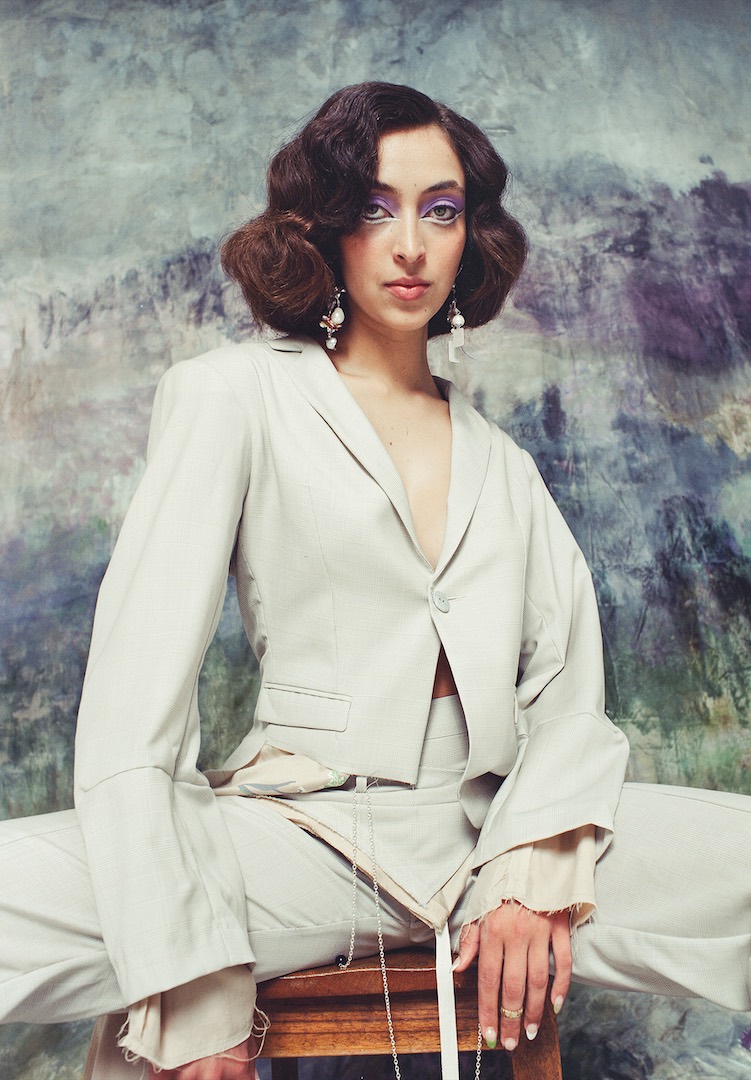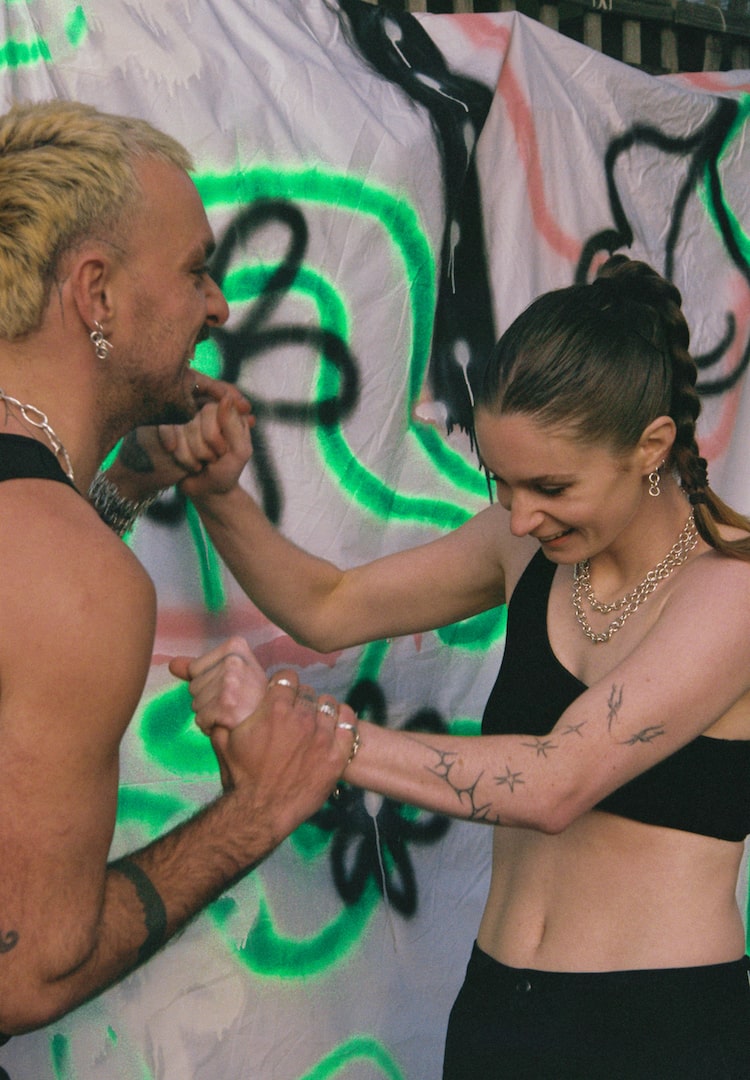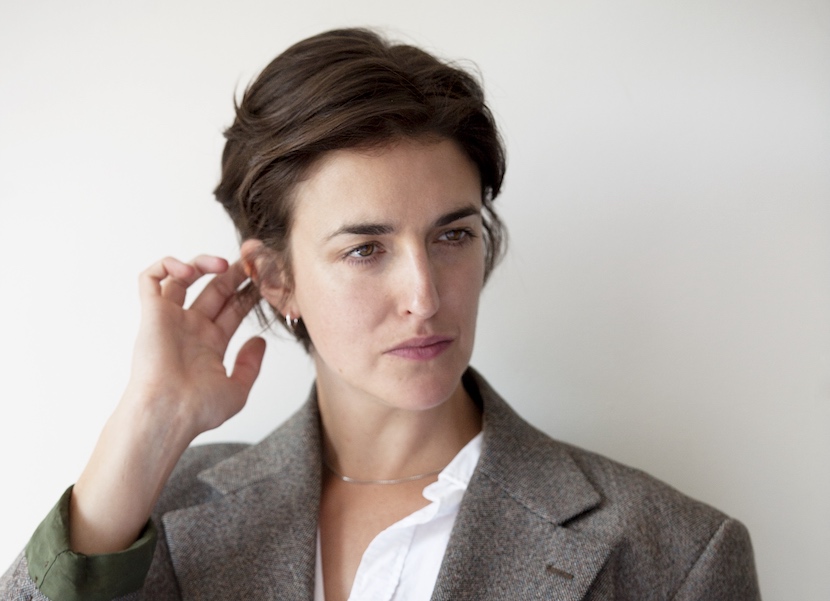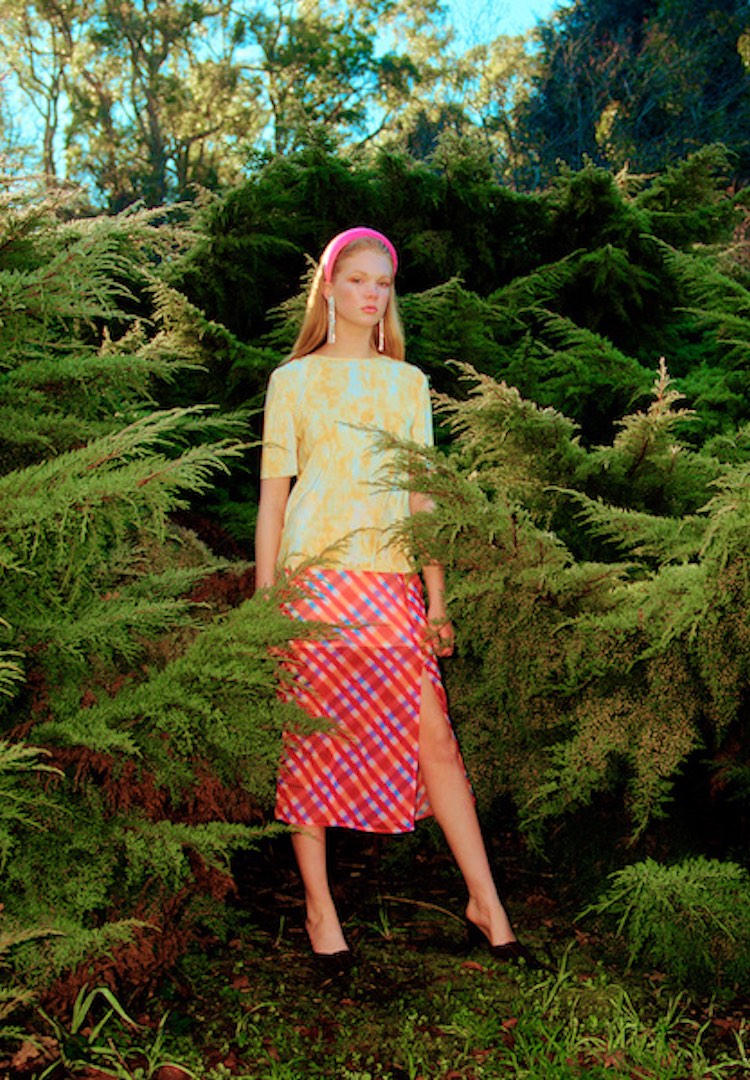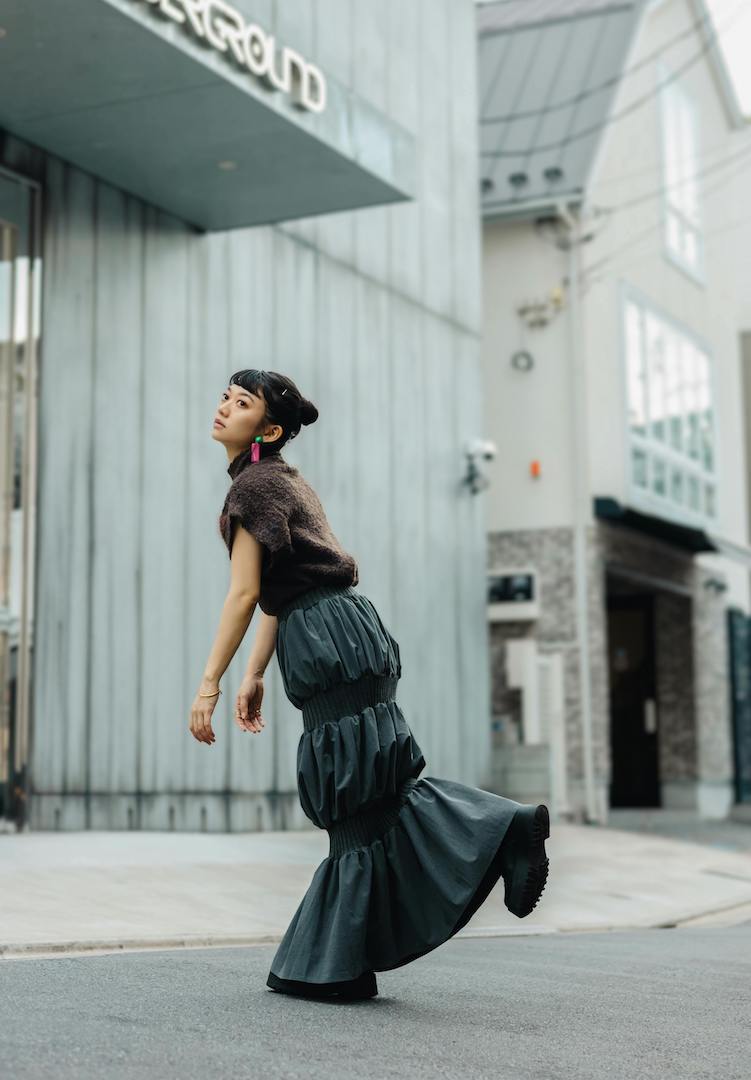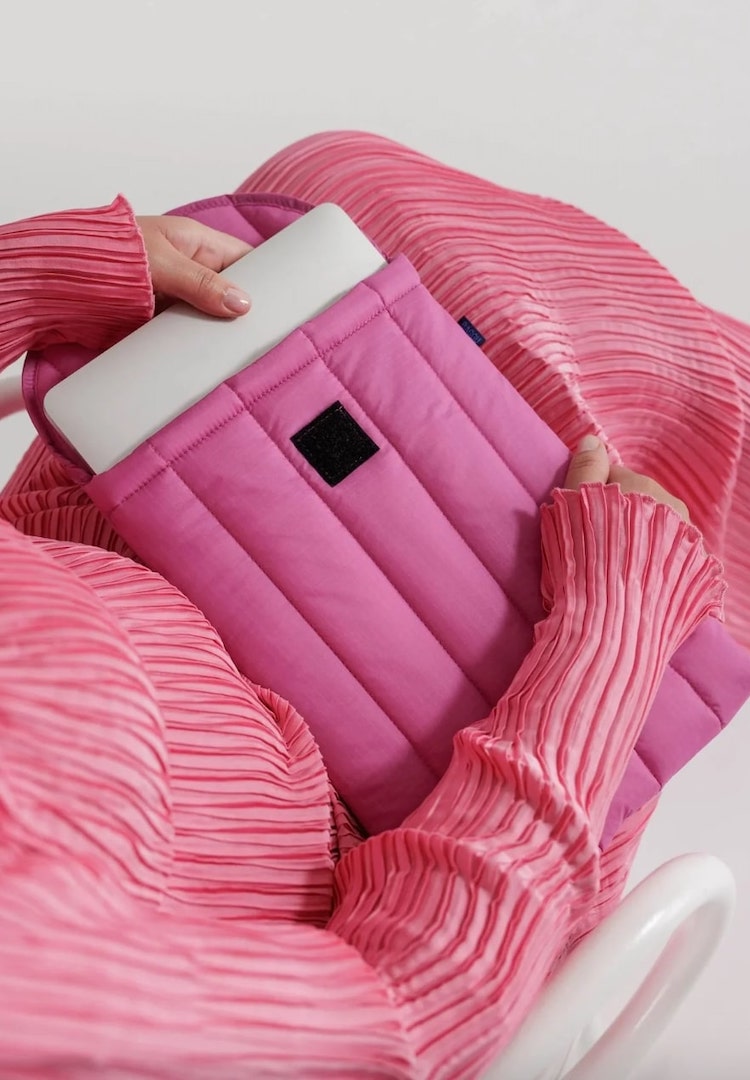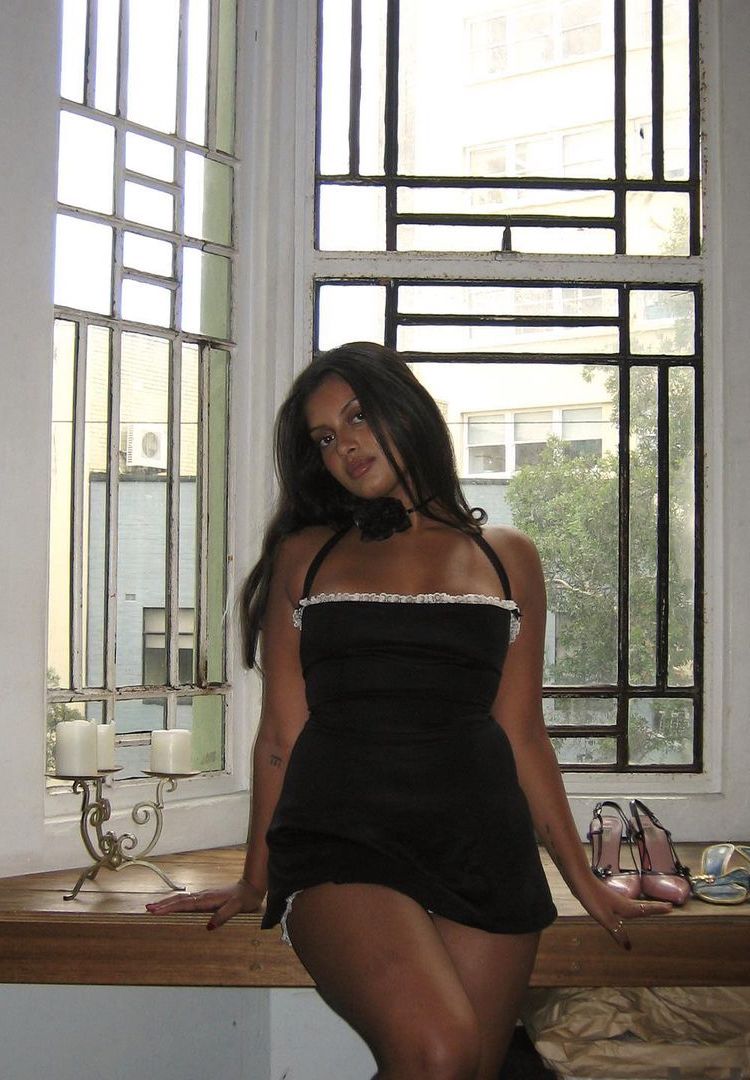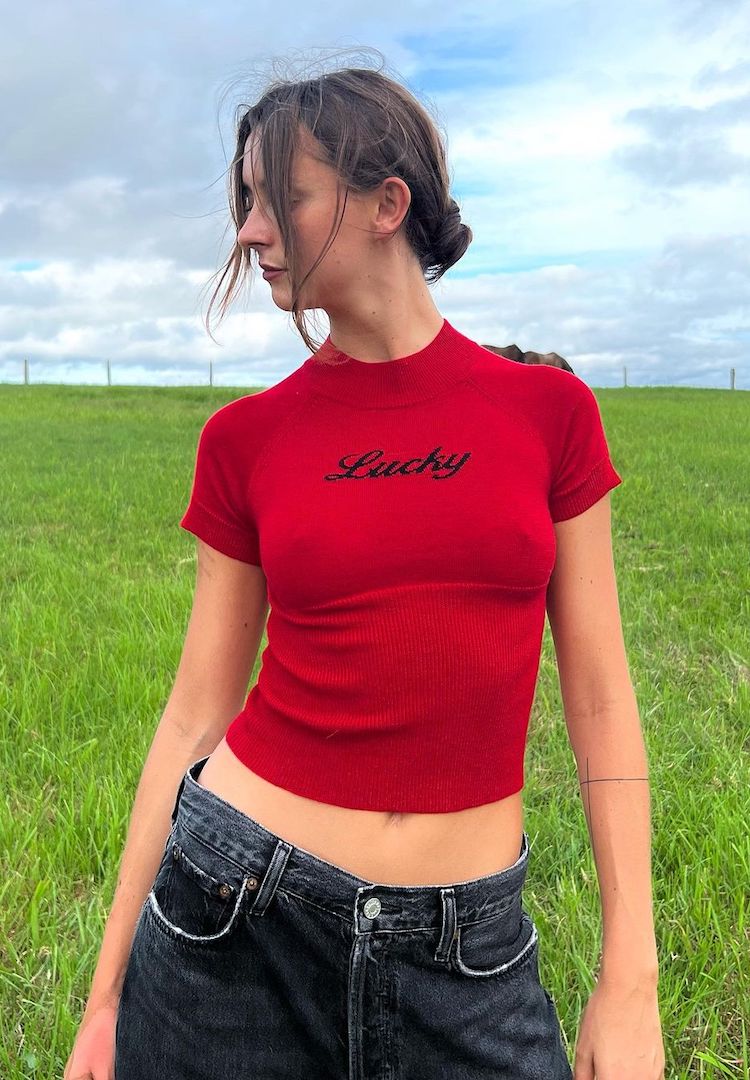An excerpt from Australian fashion editor Lucianne Tonti’s debut book, ‘Sundressed’
WORDS BY LUCIANNE TONTI
“A world where we don’t know our clothes, where we wear them a handful of times before we throw them away, is more than risky. It’s disastrous.”
I love my clothes. It’s what I say any time someone tells me they don’t want to be seen in the same thing twice. I love my clothes. On a good day, they make me feel beautiful. On a bad day, at the very least they help me feel composed.
I love the way a pair of pants can feel empowering. I love the way a mid-length skirt with a split feels when I walk, I love the flash of leg from a certain angle on the street or sitting in a chair.
For more fashion news, shoots, articles and features, head to our Fashion section.
I love the way a well-tailored suit provides balance across the shoulders, through the waist, hips and sleeves. I love styling: the right coat with the right dress. Something sexy with something boyish. Something pretty with something tough.
I love the softness of silk layered with the softness of cashmere. The crispness of a good cotton shirt against a pair of jeans. I love throwing an oversized coat over athletic gear, a cocktail dress, pyjamas. I love the theatre of dressing, the play of it.
The way an outfit can make a night feel exciting. The way an outfit adds colour to memories, to the energy of a moment, to how it felt on that street corner, in that restaurant, at that hotel bar.
I’m not interested in clothes I can only wear once. I want clothes to carry me through the seasons of a year, of my life. I want clothes that see me through job interviews, the end of relationships that never even began, dinner parties with new friends, birthdays with old friends, weddings, funerals, dancing.
Our clothes are some of our most intimate companions: how do you get to know them if you only wear them once? How do you know that a particular jacket will get too hot if the sun comes out? Or that the rub of that waistline will be uncomfortable through a long dinner?
How do you know that a dress will make you feel so wonderful you don’t have to think about it, aside from when you’re receiving compliments? How do you know that putting things in certain pockets will upset the line of the hip, so you do need to carry a bag? Or in that knit dress, you can get away with not taking a jacket.
And in that skirt, you can walk fast, but you can’t run. That those shoes hurt when you’re dancing. That those pants will crease if you sit down for too long. That you can rescue your white blouse from red wine because it’s been spilt on before. That while you can zip yourself into the bodysuit, you need a friend to help take it off.
View this post on Instagram
How do you know which dresses, shirts and pants are comfortable enough, beautiful enough and resilient enough to see you through an entire day, from meetings to dinner? A world where you don’t know your clothes sounds awfully risky. It sounds like a recipe for days with itchy necklines, clammy armpits and having to carry your too-warm jacket.
And of course, it’s risky for the planet too, although risky is an understatement. A world where we don’t know our clothes, where we wear them a handful of times before we throw them away, is more than risky. It’s disastrous. Because it is impossible for the fashion industry to reduce its carbon emissions while rates of consumption and production continue to climb.
One April, I was in Milan for a week for work. At the time, I was working for an Italian designer. It was a particularly warm spring. The sky was a faultless blue – perfect weather for the designer’s clothes.
Each morning I pulled on one of her shirtdresses or kaftans and slid my feet into leather sandals. Over the course of the day, I felt the light fabric wick moisture from my skin as I ran between our temporary store and various exhibitions or aperitifs on the sprawling terraces Milan is famous for.
The dresses had deep pockets and long, wide sleeves that could be rolled up or down, depending on the breeze. They were both utilitarian and sophisticated, which meant they could be worn from breakfast to dinner. They were soft and airy, and so comfortable I felt present, in my body and relaxed, like I was on holiday.
It is to our detriment that mass production and the abundant supply of cheap clothing has desensitised us to the connection between our clothes and their origins, between our clothes and the land. Take the example of the dresses I was wearing in Milan: they were made of cotton.
The reason the dresses in Milan were so comfortable is because on the body, cotton reacts to temperature. It breathes when you are hot and provides warmth when you are cold. It is durable and supple.
Another natural fibre, wool, is similarly alive. Its complex molecular structure makes it resistant to wrinkles, stains and water. It is elastic, soft on the skin and breathable. It is warm, comfortable and protective.
These fabrics are some of nature’s most incredible creations. These fibres, these precious materials that can make you fall in love with your clothes, can be farmed in ways that heal and regenerate the earth.
Starting with the source, with a sheep’s fleece or a cotton boll, can enhance our connection to and appreciation of our clothes. Which is important if we are to subvert the cycle of buy-and-dispose and transform our relationship with them – while still getting to wear beautiful things.
Importantly, it means we can wear clothes that have played a role in improving the ecosystem functionality of landscapes, the health of their soil and the lives of the animals and people that live on them.
It’s a seductive proposition, one with the potential to resolve the tensions that exist between our desire to wear beautiful clothes and our desire to have a truly sustainable fashion industry. It’s a vision for a hopeful future, one that promises rewilding of fields, pastures, rangelands and meadows while offering farmers and communities more sustainable livelihoods.
A future where we understand the value of our clothes, wear them for longer and get to know them so that we can confidently say, I love my clothes.
This is an edited extract from Lucianne Tonti’s Sundressed which is out now, published by Black Inc.

